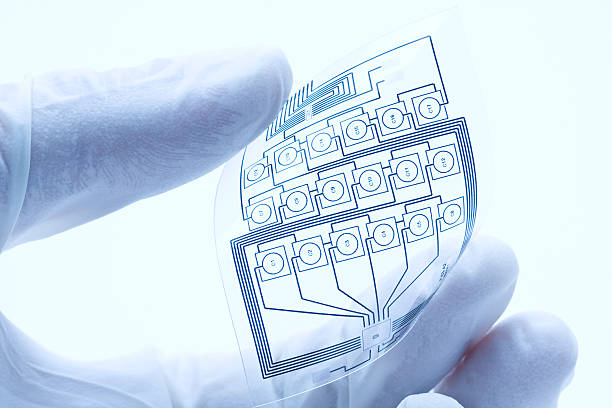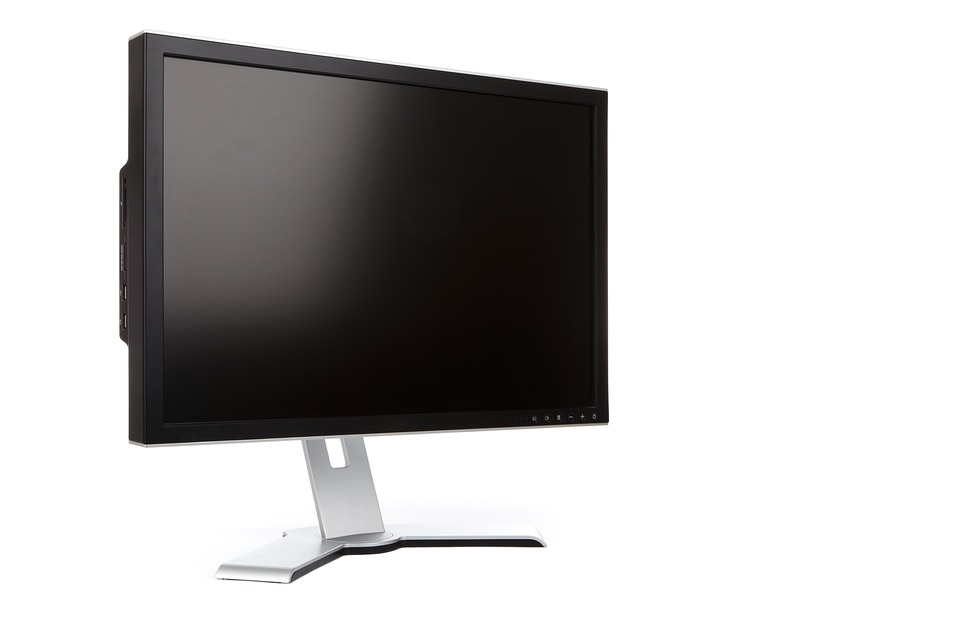FAQ 1. What are flat panel displays? Flat panel displays (also known as LCDs) are a type of display technology. They have replaced the CRT monitors that were once the standard for desktop computers and TV screens. LCDs use an...
Read MoreAre very different from one another. The displays are built with flat panels of glass or plastic that are etched with thin lines and the lines are separated by liquid crystals. The glass is coated with a layer of material...
Read MoreBenefits OLEDs have several benefits, including being more energy efficient than liquid crystal displays (LCDs). They can also be made to be thinner and lighter than LCDs. OLEDs can also be made to display colors that aren’t found in traditional...
Read MoreOLEDs are organic light-emitting diodes. An organic light-emitting diode (OLED) is a technology that uses organic materials to emit light and has a number of advantages over inorganic. A flexible OLED is similar to an OLED that is flexible. For...
Read MoreBut they were not widely used until recently. LCDs, on the other hand, are very popular. Most televisions and mobile phones use LCDs. This is because OLEDs have some disadvantages. One of the most important problems is the lack of...
Read MoreOrganic light-emitting diodes (OLEDs) are flexible, which is good for your skin because the device won’t Display products in an aisle is a well-established method for displaying products and has many benefits over other ways of doing so. Flexible designs...
Read MoreThe first issue is durability. All the existing technologies rely on rigid materials for their construction. So, if the material becomes weak or damaged, then you can’t use them anymore. As the name suggests, flexible electronics don’t have this problem....
Read MoreThere are four basic components used in making an electronic device, i.e., the CPU (central processing unit), the RAM (random access memory), the ROM (read-only memory), and the display. RAM contains information like text messages, pictures, audio files, and so...
Read More
lexible electronics is the idea of creating electronic devices that are not just able to be bent but also capable of stretching. These gadgets aren’t quite here yet, although we may see them emerge within the next few years. However,...
Read MoreColor gamut If you have a color-rich content or media player, this number tells you what colors your device can produce. For example, a video with a 6,000,000 K color space will look different from one with a 2,500,000 K....
Read More
These days, a good quality home cinema setup is considered essential if you’re looking to enjoy great movies and television shows on your own terms. The best TVs are often the more expensive ones, but it doesn’t always mean they’ll...
Read MoreOLEDs have the ability to last up to 30 times longer than standard bulbs. This means you won’t need to change them nearly as often, which will save you money. The lifespan is also much higher because of the fact...
Read MoreFAQ 1. What is an “O” led? An “O” led is a type of light-emitting diode (LED). LEDs are very energy efficient and last much longer than incandescent bulbs. 2. Is there anything wrong with CFLs? It’s true that some...
Read MoreDrawbacks One of the biggest problems is its high power consumption. It’s also difficult to make sure all the parts in the lampwork properly together. As well, LEDs require a lot of space because they are quite small compared to...
Read MoreBenefits Of Oled: The benefits of using OLED technology are wide and include the following: Energy-efficient OLED screens consume less power while producing the same amount of brightness. Therefore it saves your battery life. It works for hours without needing...
Read More
